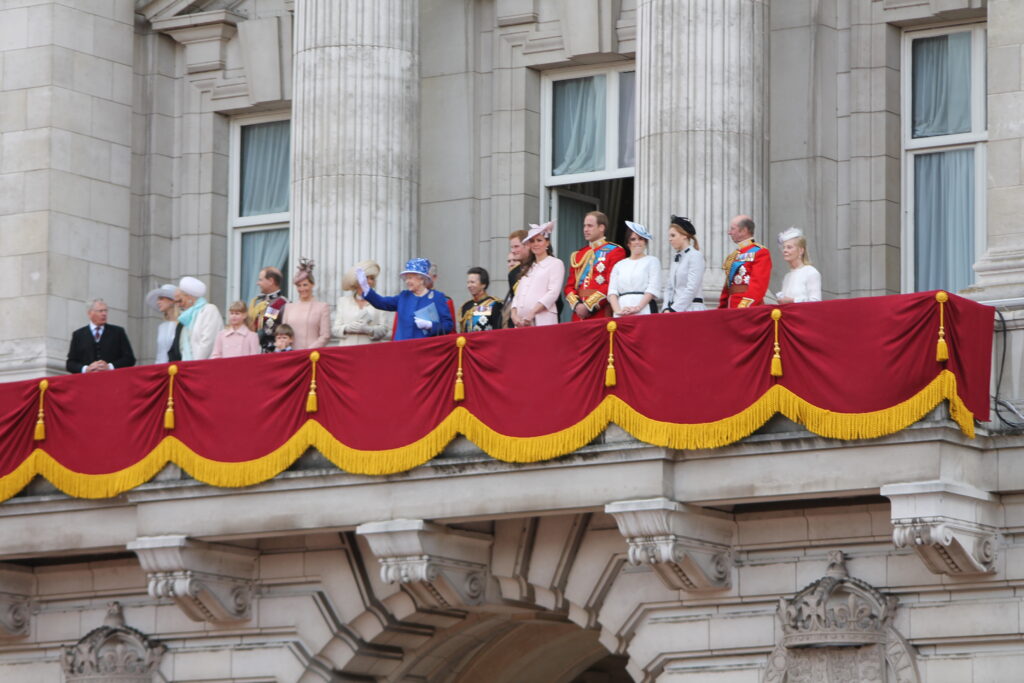
When we picture the British Royal Family, our minds often conjure images of glittering crown jewels, opulent palaces, and a life of unparalleled luxury. It’s easy to assume that those born into such immense wealth and privilege would have little reason to concern themselves with mundane concepts like budgeting or conserving resources. However, if you peek behind the velvet ropes, you’ll discover a surprising truth: many senior royals, from Queen Elizabeth II to the younger generation, have embraced frugality not just as a choice, but as a deeply ingrained way of life.
Frugality, as the experts tell us, isn’t about being ‘cheap’ in the negative sense. It’s about a conscious and intentional approach to spending and consumption, prioritizing what truly adds value to life while actively eliminating waste. It’s a mindset that recognizes the worth of time, health, and happiness over mere material possessions, empowering individuals to make deliberate choices about their resources. Instead of cutting corners just for the sake of saving a few bucks, frugal individuals focus on long-term value, sustainability, and responsible use of everything they have.
This deliberate approach is precisely what we observe in the royal household. Far from the extravagant stereotypes, these public figures demonstrate a remarkable commitment to sensible living, influenced by history, personal values, and a growing awareness of environmental sustainability. Prepare to be inspired as we unveil some of the most fascinating and incredibly relatable frugal habits that prove even those with access to limitless resources understand the immense value of making every pound, and every resource, count.
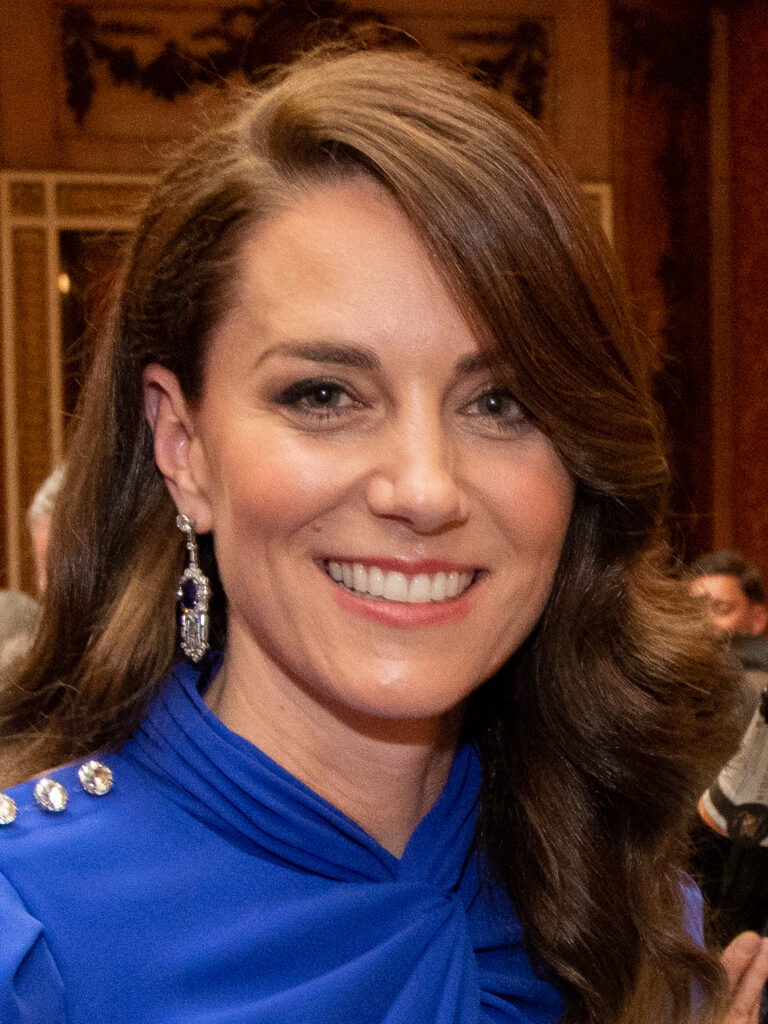
1. **Princess Catherine’s Savvy Shopping for Affordable Fashion**:Princess Catherine, the Princess of Wales, is an undeniable style icon, frequently gracing headlines with her impeccably tailored dresses and elegant ensembles. Yet, beneath the veneer of high fashion and regal splendor, she harbors a delightful secret: a penchant for smart shopping and an appreciation for a good bargain, proving that royal style doesn’t always come with an exorbitant price tag.
Her savvy shopping habits were famously revealed when Sadiah Bte Shahal, the Second Minister for Foreign Affairs of Singapore’s wife, recounted a conversation with Catherine after the 2012 Diamond Jubilee Tour. “We talked about the UK and particularly about shopping at Bicester,” Shahal told the Mirror. Catherine confessed her fondness for Bicester Village, which, for those not in the know, is a renowned discount designer outlet mall. This revelation alone offers a glimpse into her practical approach to fashion, seeking out quality pieces at more accessible prices.
Beyond the outlets, Catherine is also a champion of high-street brands, effortlessly incorporating them into her wardrobe for public engagements. The context highlights several instances, such as when she famously donned a $45 black-and-white polka dot Topshop dress at an outing with Prince William and Prince Harry. Years later, she was seen sporting a $52 striped off-the-shoulder Zara summer dress at a charity polo match. More recently, a stop on a 2022 tour of Denmark saw her in an off-white ribbed turtleneck sweater from H&M, retailing for a mere $29.99.
This willingness to mix high-end with high-street not only makes her style more relatable to the public but also underscores a pragmatic approach to her royal duties. She demonstrates that looking polished and appropriate doesn’t require an endless budget, and she’s not afraid to be seen in outfits accessible to many. Mark Ellwood, author of “Bargain Fever: How to Shop in a Discounted World,” even spoke to an employee at a Reiss outlet who confirmed Catherine’s regular visits, noting, “Kate Middleton — she’s in here all the time. You look up and there’ll be Kate and her same two friends going through the 60 percent off rack. You have no idea she’s there and security must be outside, but she comes in all the time.'” It’s a powerful message about making informed, value-driven fashion choices.
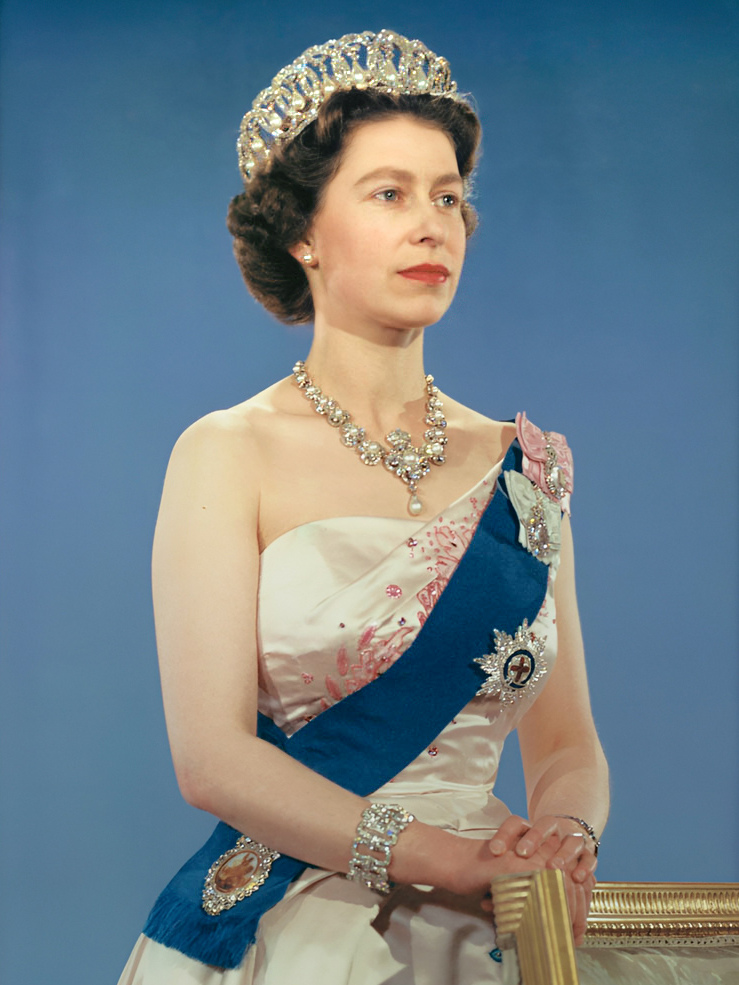
2. **Queen Elizabeth II’s Simple Cereal Breakfast**:When one imagines breakfast fit for a queen, images of opulent spreads with silver cloches, exotic fruits, and freshly baked pastries might spring to mind. Yet, Queen Elizabeth II, a monarch synonymous with grace and tradition, had a refreshingly simple and surprisingly frugal approach to her morning meal. Her habits remind us that sometimes, the greatest luxury is simplicity.
Despite having resources that could command any culinary delight, the late Queen chose a modest beginning to her day. Her former chef, Darren McGrady, revealed to Marie Claire, “Some Kellogg’s cereal from a plastic container, which she’d serve herself. And some Darjeeling tea.” This isn’t the grand, ceremonial start one might expect from the head of state, but rather a practical, no-fuss routine that resonates with everyday households.
McGrady further elaborated on Her Majesty’s culinary preferences, telling The Telegraph that Elizabeth was “not a foodie.” While she was perfectly capable of dining with the finest china and utensils, her personal choices leaned towards the understated. “People always say, ‘Oh, the Queen must eat off gold plates with gold knives and forks.’ Yes, sometimes … but at Balmoral she’d eat fruit from a plastic yellow tupperware container,” McGrady revealed. This candid insight paints a picture of a monarch who, despite her public role, maintained very normal and economical habits behind closed doors.
Her preference for a simple breakfast from a plastic container, rather than a lavish spread, speaks volumes about her down-to-earth nature and her underlying frugality. It’s a reminder that true contentment often lies not in extravagance, but in finding satisfaction in the modest necessities, allowing her to prioritize more significant duties without unnecessary fuss or indulgence. This choice, repeated daily for decades, reflects a deep-seated value for practicality over pomp.
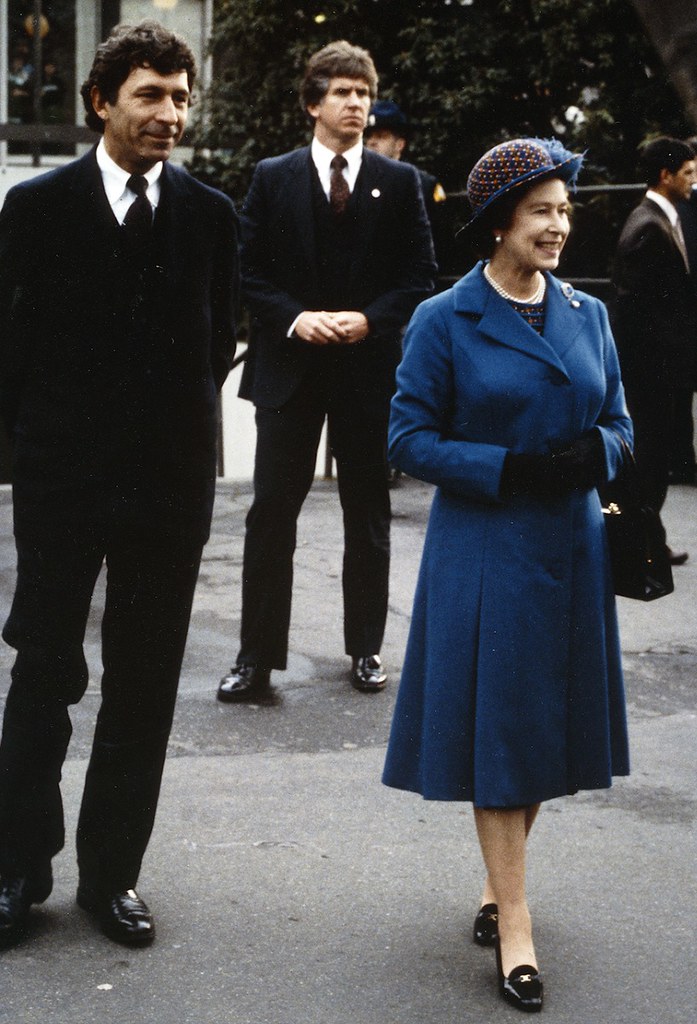
3. **The Royal Obsession with Switching Off Unwanted Lights**:Buckingham Palace, with its staggering 775 rooms, including 188 staff bedrooms and 78 bathrooms, presents an astronomical challenge for energy conservation. One might assume that with such an expansive residence, electricity bills would be an accepted, unavoidable cost. However, Queen Elizabeth II, ever the pragmatist, was known to actively intervene to keep the palace’s energy consumption in check, a habit that has been dutifully passed down through generations.
A Buckingham Palace staffer recounted to the Financial Times how the Queen would personally make rounds, diligently switching off any lights that weren’t in use. This hands-on approach speaks volumes about her commitment to frugality. It wasn’t enough to delegate the task; she embodied the principle herself, leading by example in the very heart of the monarchy. Imagine the monarch herself ensuring the lights are off – a truly inspiring image of active conservation.
To further reinforce this ethos, she had signs prominently displayed throughout the palace, serving as a constant reminder to all staff members. These signs, stark in their instruction, read, “The attention is drawn of all members of staff to the need to switch off unwanted lights. By Order of The Master of The Household.” This formal decree underscored the importance she placed on energy efficiency, transforming a personal habit into a palace-wide policy. Such a measure illustrates a clear intention to instill a culture of conservation within her household.
The legacy of this diligent habit continues to shine brightly through her heirs. In the BBC One documentary “Prince, Son and Heir: Charles at 70,” Prince Harry openly revealed that his father, King Charles III, is similarly “a stickler for turning lights off.” Harry went on to admit, “And that’s now something that I’m obsessed with as well.” Prince William also confirmed he shares this same habit. This generational commitment, along with Elizabeth’s ban on lightbulbs over 40 watts, showcases a deep-rooted royal value for conserving resources, proving that some lessons truly stick.
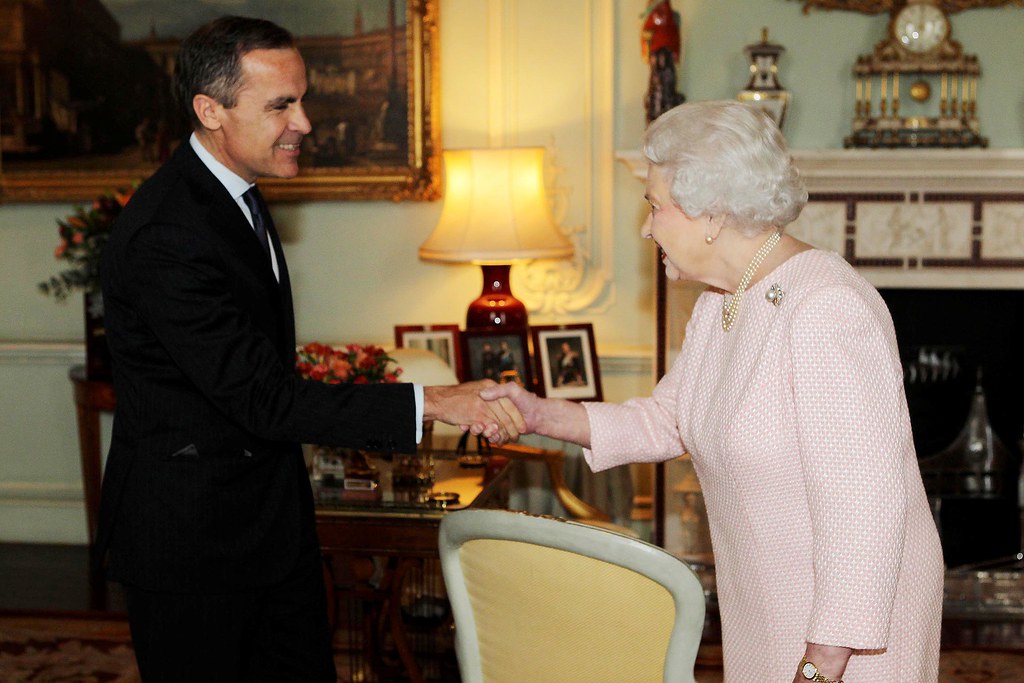
4. **Queen Elizabeth II’s Practical Use of Space Heaters**:Picture this: you’re invited to Buckingham Palace for an audience with Queen Elizabeth II. You walk into an exquisitely furnished room, surrounded by priceless art, intricate carpeting, and luxurious furniture – a setting that screams opulence. Then, nestled discreetly (or perhaps not so discreetly) in the fireplace, you spot a humble space heater. Yes, you read that right. The Queen was known for favoring this practical solution over cranking up the central heating in her vast residences.
This surprising detail has been captured in numerous published photographs, demonstrating her lack of embarrassment and steadfast commitment to energy efficiency. For instance, in February 2013, during a meeting with Mike Rann, the Australian High Commissioner, and his wife, Sasha Rann, at Buckingham Palace, a space heater was clearly visible, positioned within the fireplace to supplement the room’s warmth. It was a visible testament to her pragmatic nature, a small appliance in a grand setting.
The practice was not an isolated incident. In March 2018, the Queen was again photographed with a space heater at Windsor Palace while meeting with the President of Estonia. Against a backdrop of ornate mirrors, grand lamps, and gold accent furniture, the small, inexpensive gray space heater stood as a symbol of her resolute frugality. It underscores a deliberate choice to manage costs and conserve energy, even in the most formal of environments, proving that practicality often trumped traditional notions of royal grandeur.
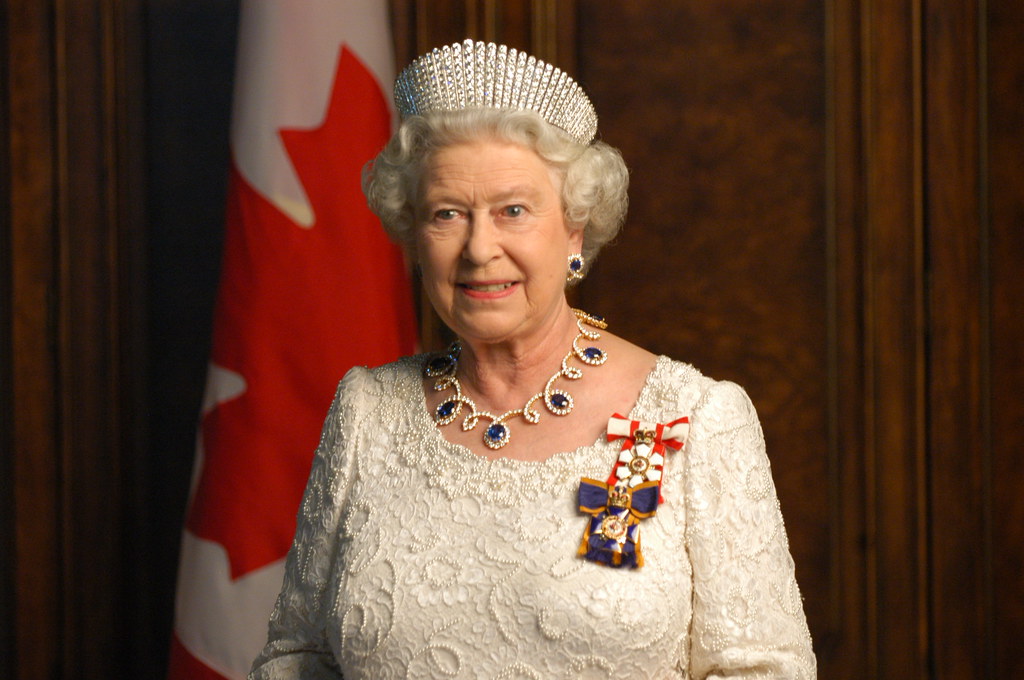
5. **Queen Elizabeth II’s Tradition of Reusing Gift Wrap**:During festive seasons, the joy of tearing open presents often leads to a mountain of discarded wrapping paper and ribbons. For many, this is a customary part of the celebration. However, Queen Elizabeth II was a notable exception to this trend. While British citizens discard vast amounts of wrapping paper annually, the Queen was known to be a dedicated saver, not a tosser, when it came to gift adornments.
Biographer Kate Williams, in her book “Young Elizabeth: The Making Of Our Queen,” shed light on this delightful habit. After Christmas, Elizabeth would meticulously collect the used wrapping paper and ribbons, carefully smoothing them out to be stored and reused on subsequent occasions. This wasn’t just a fleeting fancy; it was a deeply ingrained practice that speaks to her lifelong adherence to a “waste-not, want-not” philosophy, a mantra likely shaped by her formative years during the World Wars.
This simple yet impactful act of reusing gift wrap perfectly encapsulates her broader approach to resources – nothing should be unnecessarily wasted. Williams further shared that the Queen actively encouraged her family to avoid exchanging extravagant gifts, emphasizing the thought and sentiment behind a present rather than its monetary value or elaborate packaging. This comprehensive approach to gift-giving, from the contents to the wrapping, highlights a profound and consistent commitment to frugality and mindfulness.
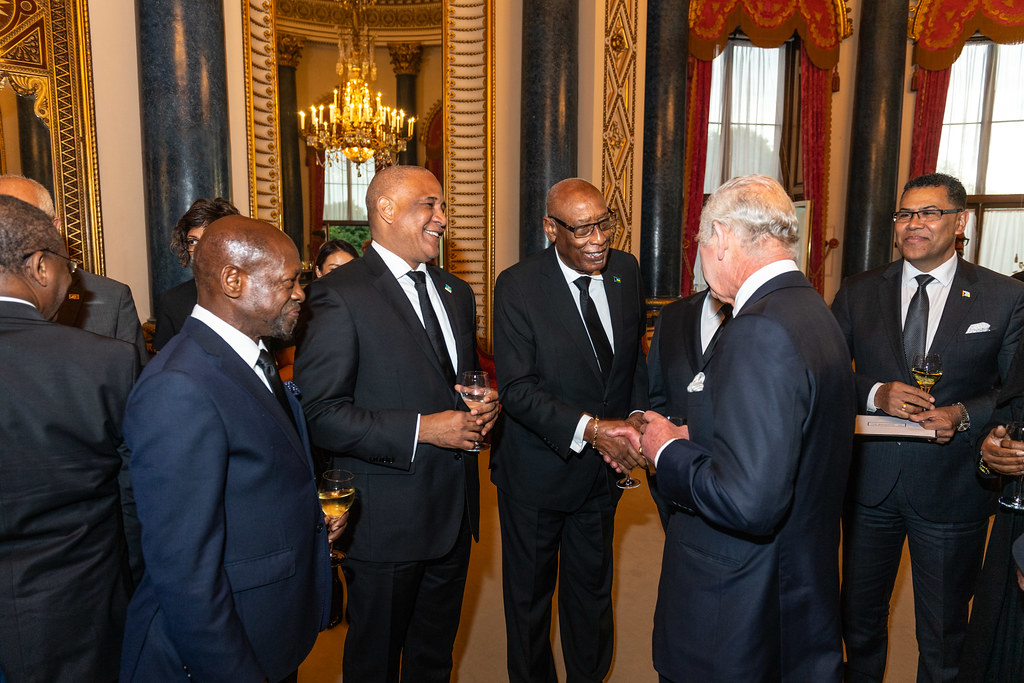
6. **King Charles III’s Allergy to Food Waste**:King Charles III is widely recognized for his outspoken advocacy for environmental sustainability and his deep connection to the planet. It comes as no surprise, then, that this commitment extends to his personal habits, particularly a profound aversion to food waste. His approach to meals is a powerful illustration of how eco-consciousness and frugality can beautifully intertwine, even for a monarch.
Inside sources have consistently reported the King’s meticulous habit of ensuring that any leftover food from his meals is carefully packed up into to-go boxes. This isn’t merely a preference; it’s a principled stance against waste. In Catherine Mayer’s book, “Charles: The Heart of a King,” his former private secretary, Clive Alderton, is quoted emphasizing this characteristic, stating, “I’ve rarely met someone who is so frugal, not in the sense of meanness but an absolute allergy to waste, and in particular waste of food.”
Alderton’s description goes further, detailing the King’s practice: “He gets any leftovers wrapped up and brought back for his next meal, and the next one.” This commitment showcases a profound respect for resources and a determination to make the absolute most of every culinary creation. It’s a tangible demonstration of his environmental principles applied directly to his daily life, reducing his own carbon footprint and setting an example for mindful consumption.
Former royal chef Carolyn Robb also corroborated these claims, telling Racked that the former prince was “always very thrifty and economical.” Robb offered a practical example of this royal resourcefulness, spilling the tea that, “If we made roasted lamb and there were leftovers, we’d probably go and make Shephard’s pie the next night.” This creative reuse of ingredients is a testament to King Charles III’s unwavering dedication to a waste-free kitchen and a truly frugal lifestyle.
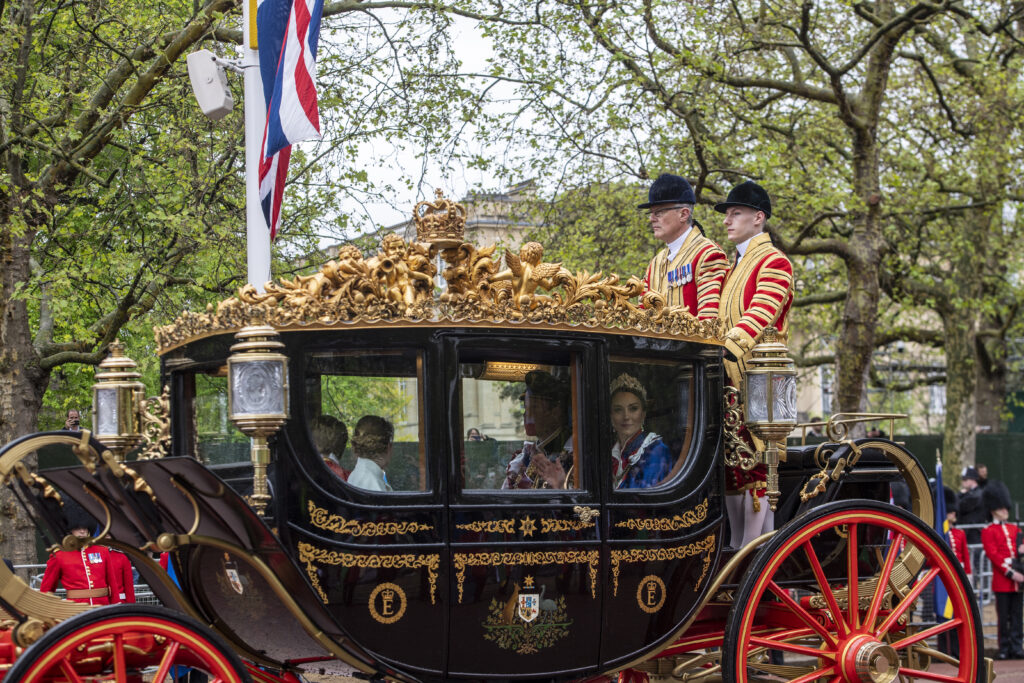
7. **Royal Children Embracing Hand-Me-Downs**:In a world where children of celebrities and public figures are often dressed in bespoke outfits and showered with the latest designer goods, the Royal Family once again offers a refreshing contrast. Prince William and Princess Catherine, parents to Prince George, Princess Charlotte, and Prince Louis, have openly embraced a wonderfully relatable and incredibly frugal tradition: dressing their children in hand-me-downs.
This practice isn’t reserved for casual, unseen moments; it’s been observed during significant public appearances and official photographs. For example, shortly after the birth of Prince Louis, Princess Charlotte was photographed wearing a $52 blue cardigan from the Spanish brand Fina Ejerique. Keen-eyed social media users quickly recognized it as an identical-looking cardigan worn by Prince George in a 2016 official photo shoot, commemorating Queen Elizabeth II’s 90th birthday. It’s a sweet, practical nod to family tradition and responsible consumption.
The trend continued with their youngest, Prince Louis. A 2020 series of photographs released by the Prince and Princess of Wales showed Louis sporting a blue merino wool jumper from the brand Wild & Gorgeous. This too had a previous royal wearer: Prince George was photographed in the very same jumper during a 2016 tour of Canada with his parents. Demonstrating a clever touch of styling, the royal parents subtly switched up the look, pairing the jumper with red shorts for George and navy shorts and knee socks for Louis, ensuring each outfit felt fresh and distinct.
This sensible approach isn’t confined to clothing alone. An insider close to the family alleged to Us Weekly, “A lot of Charlotte’s toys are hand-me-downs from George. Although she’s definitely a girly girl, she also loves to play outside, just like George. She’s got one of his old scooters and also motorized Jeep she loves to drive around the patio in.” This highlights a broader commitment to making the most of what they have, fostering a sense of resourcefulness in their children and reflecting a genuinely grounded approach to royal parenting. It’s a touching reminder that some traditions, especially thrifty ones, are truly timeless.
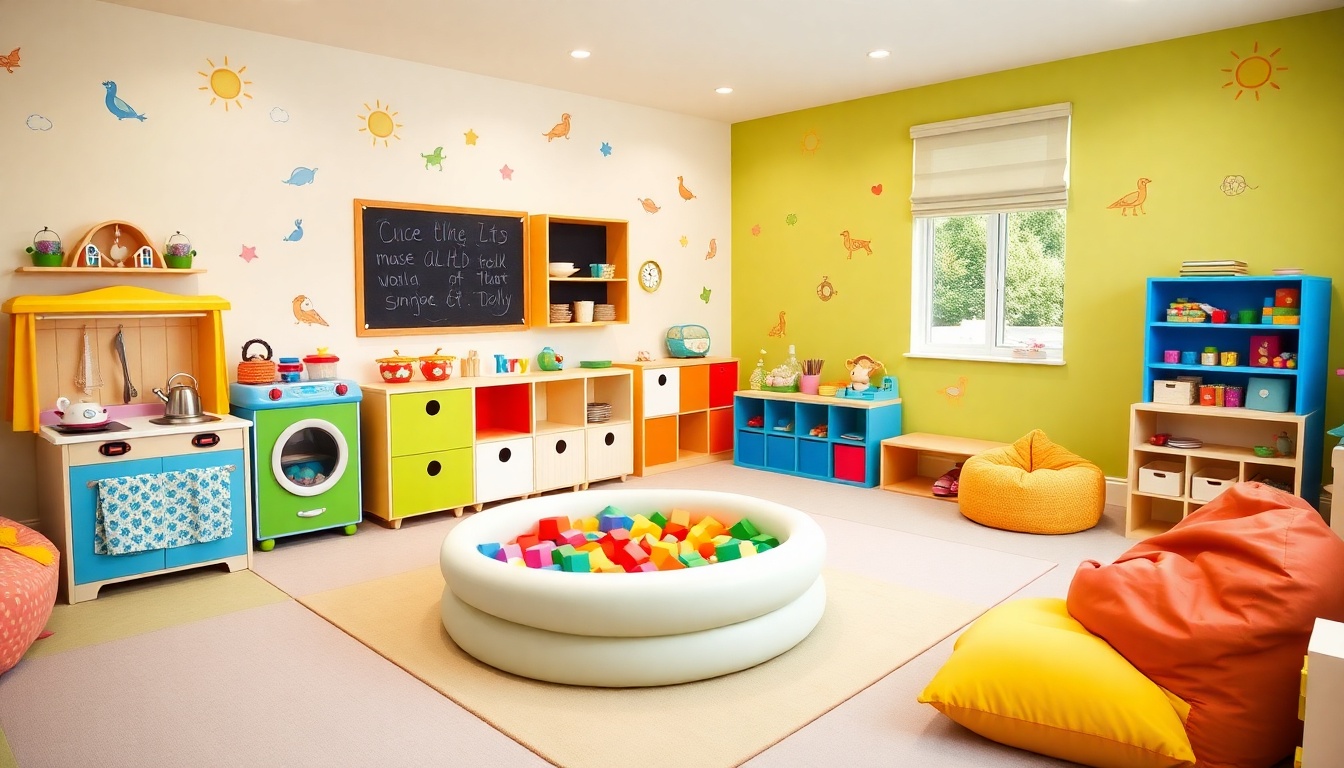
8. **The Royal Children’s IKEA Furnishings**When we envision the private quarters of young princes and princesses, our minds might conjure bespoke furniture, antique heirlooms, or custom-designed pieces crafted by exclusive artisans. Yet, in a delightful twist of royal relatability, it turns out that even future monarchs like Prince George and Princess Charlotte have a touch of the everyday in their bedrooms, thanks to a well-known Swedish retailer.
This charming revelation came to light during a 2018 royal visit by Prince William and Princess Catherine to the national museum of architecture and design in Stockholm. There, they openly shared with Marcus Engman, IKEA’s head of design, that their children indeed have furniture from the globally popular store. It’s a detail that immediately humanizes the family, bridging the gap between their regal stature and the practical choices many families make.
For Engman, hearing this news was, understandably, music to his ears. He reportedly told the Mirror, ‘I’m proud that we can suit everybody. That’s what we want Ikea to be — for the many people of the world, both royalty and ordinary people.’ This sentiment perfectly captures the essence of IKEA’s brand and, perhaps inadvertently, highlights the royal family’s commitment to sensible, accessible choices, demonstrating that practicality often trumps pomp.
The inclusion of IKEA items in royal nurseries speaks volumes about their grounded approach to raising their children. It underscores a desire to provide a functional, comfortable environment without unnecessary extravagance, echoing the values of countless households around the globe. This isn’t about being cheap; it’s about making smart, long-lasting choices that deliver value, a true mark of frugality.
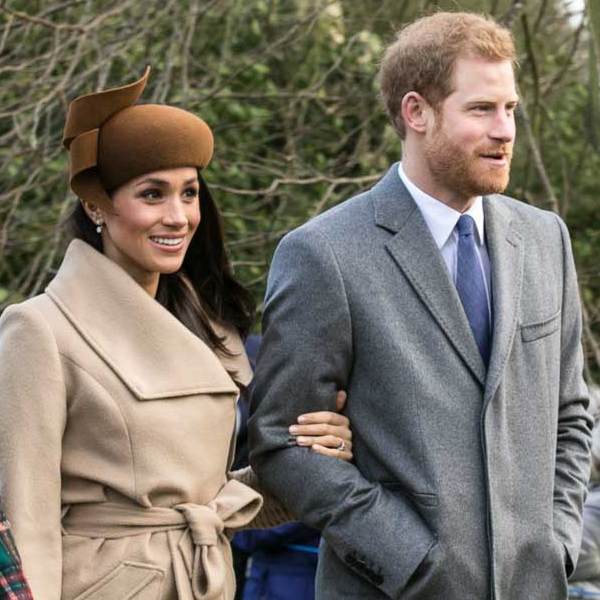
9. **Prince Harry and Meghan Markle’s Commercial Travel**The Duke and Duchess of Sus, Prince Harry and Meghan Markle, are figures often associated with significant public attention and, by extension, expectations of a life lived in ultimate luxury, especially concerning travel. One might automatically assume that their journeys involve private jets, exclusive charters, and the utmost discretion. However, their choices have frequently painted a very different, and surprisingly frugal, picture.
Even before stepping back from their duties as working royals, the couple demonstrated a refreshing willingness to fly commercially, and at times, even in economy class. In 2017, for instance, Prince Harry was photographed flying premium economy on a Virgin Atlantic flight to Jamaica for a friend’s wedding. This wasn’t an isolated incident, but rather a pattern that continued into his relationship with Meghan.
A particularly notable example occurred as they headed to the French Riviera to ring in 2018. Harry and then-fiancée Meghan opted for an economy flight on British Airways. Sources on the flight recounted to the Daily Mail that the couple, accompanied by three bodyguards, occupied three rows at the very back of the plane, notably situated next to the toilets. This candid detail vividly illustrates their down-to-earth approach.
The couple’s commercial travel habits continued to make headlines, creating a stir on social media in November 2021 when they reportedly flew commercial from New York back to their home in Los Angeles. A fellow passenger shared their disbelief and excitement online, writing, ‘Ok this might sound unbelievable, and I couldn’t get a good picture and I get you can say this could literally be anyone….BUT….Prince Harry and Meghan were on our flight to LA last night!’ Such instances serve as powerful reminders that even those in the global spotlight can embrace practical, budget-conscious choices, showcasing a quiet defiance of extravagant norms.
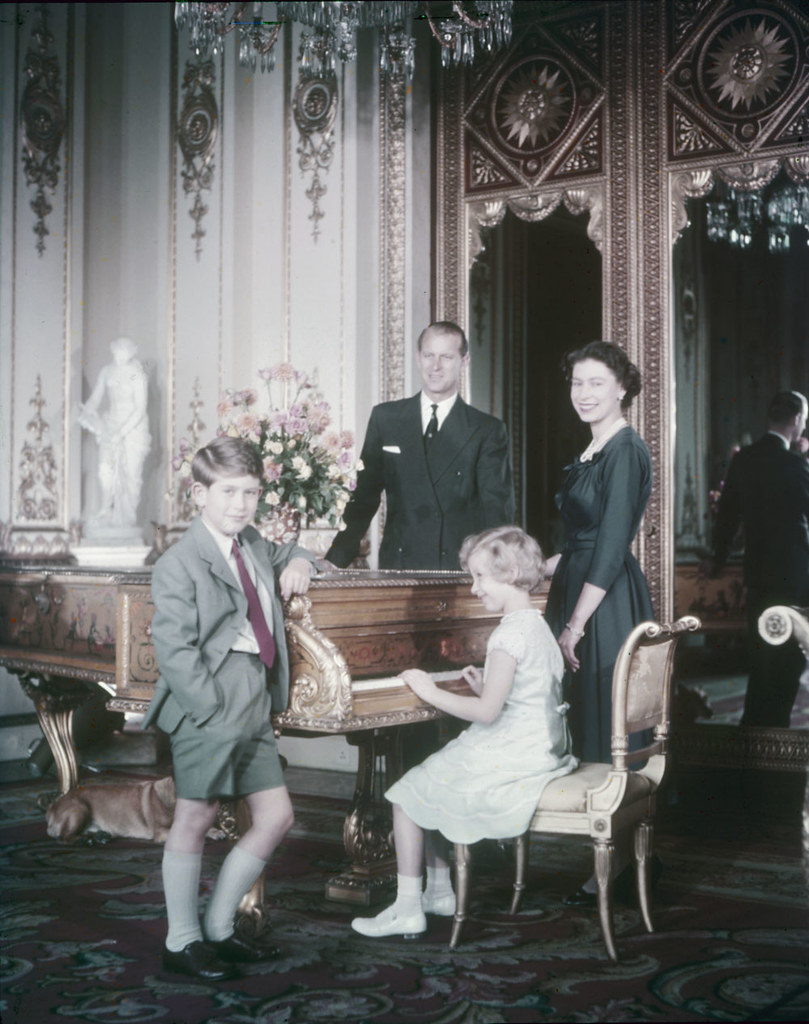
10. **Princess Anne’s Unmatched Frugality: A Lifetime of Recycling and Practicality**While many members of the Royal Family exhibit surprisingly frugal habits, King Charles III’s sister, Princess Anne, often stands out as arguably the most thrifty of them all. Known for her impeccable style and extensive wardrobe, what many don’t realize is the remarkable longevity and frequent recycling of her ensembles, with some pieces predating her own daughter, Zara Tindall.
Her commitment to long-term fashion recycling is legendary. A prime example occurred during the 2015 Royal Ascot, where Anne was seen sporting a vibrant yellow coat and a belted printed dress. As the Daily Mail reported, this was far from the first outing for this particular ensemble; she had previously worn it decades earlier, in 1980, while greeting well-wishers from the iconic balcony of Buckingham Palace. The fact that it still fit her perfectly after 35 years is a testament to both timeless style and personal discipline.
Princess Anne’s practical approach extends far beyond her wardrobe. Her official tours often reflect a deep-seated commitment to frugality. On a 2022 tour to Australia and Papua New Guinea, for instance, the Princess Royal not only chose to travel commercially with a very limited staff, but she also made headlines for staying in a budget hotel, packing her own bags, and even handling her own makeup and hair, according to My London.
This level of personal involvement and rejection of traditional royal opulence is truly inspiring. Princess Anne’s consistent choices paint a picture of a royal who prioritizes efficiency, self-reliance, and responsible resource management above all else. Her unwavering “no-fuss, penny-pinching outlook” serves as a powerful example of how deep-rooted frugality can manifest in every aspect of a public life, proving that some traditions are simply about making the most of what you have.
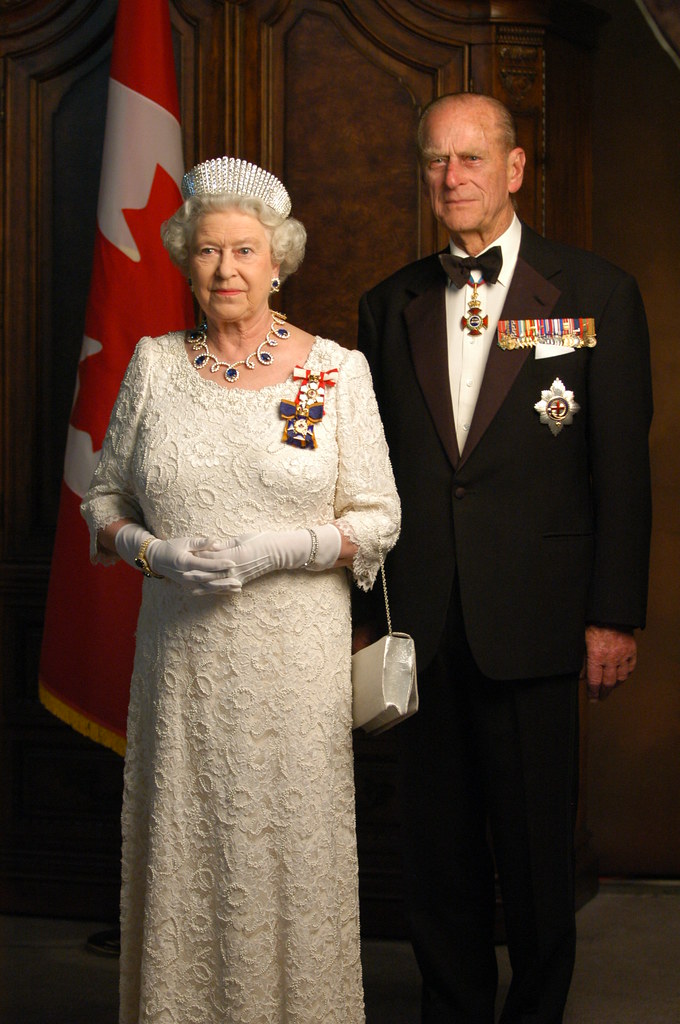
11. **Queen Elizabeth II’s Mended Gloves: A Testament to Repair Over Replace**For a monarch with access to immense wealth and an endless supply of fine accessories, the idea of mending a worn-out item might seem entirely foreign. However, Queen Elizabeth II, ever the pragmatist, consistently defied such assumptions, even with something as seemingly minor as a pair of gloves. This small detail speaks volumes about her profound aversion to waste and her commitment to making things last.
Instead of simply discarding a pair of gloves that showed signs of wear, Her Majesty was known for her practice of washing and carefully mending them. This hands-on approach to upkeep is a stark contrast to a throwaway culture, highlighting a deeply ingrained ‘waste-not, want-not’ mentality that she cultivated throughout her life. It wasn’t about the cost of a new pair; it was about the principle of conservation.
What makes this habit even more remarkable is the longevity she achieved with her accessories. It’s been revealed that Queen Elizabeth II still possessed and used pairs of gloves that were over 40 years old. Imagine keeping an item of clothing in rotation for four decades! This extraordinary dedication to repair over replacement underscores a philosophy of valuing items for their utility and history, rather than succumbing to the fleeting allure of new purchases.
This habit isn’t just about saving money; it’s about a respectful stewardship of resources. By extending the life of her gloves, the Queen quietly championed a sustainable approach to fashion long before it became a mainstream concern. It’s a powerful reminder that true luxury, for some, lies in the art of preservation and the wisdom of making do.
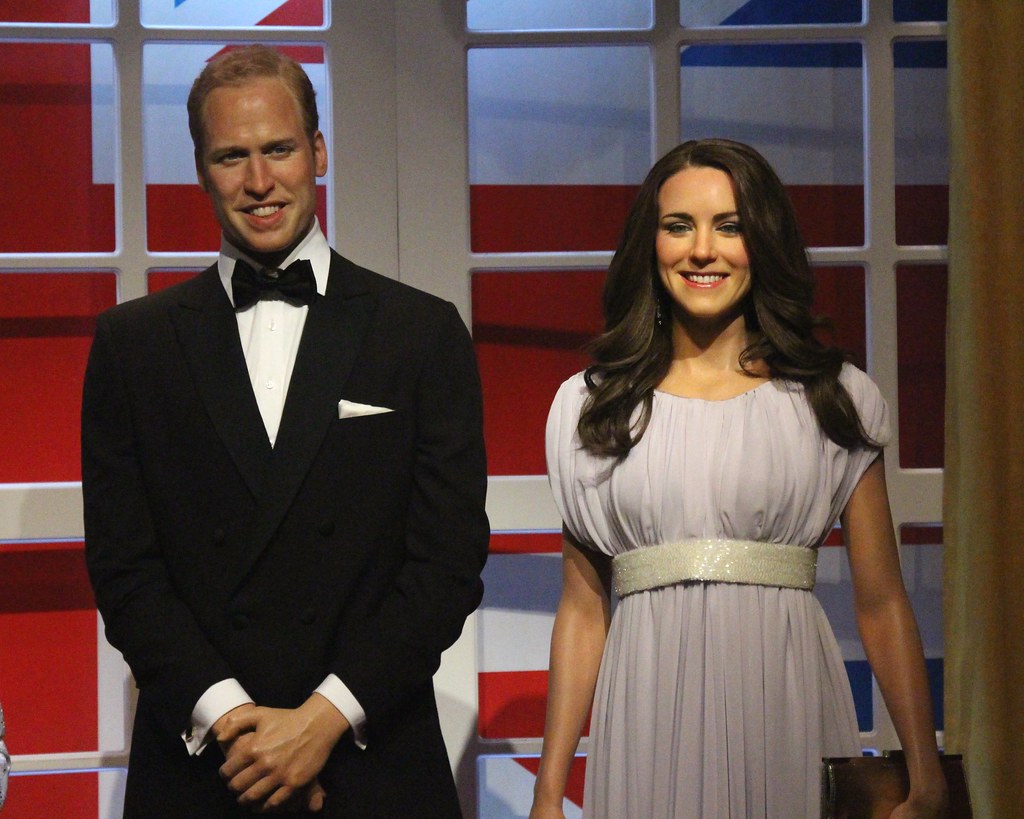
12. **Princess Catherine’s DIY Approach to Glamour: Her Own Wedding Makeup**The pressure to look absolutely flawless on one’s wedding day is immense for any bride, let alone a royal bride whose every detail will be scrutinized by billions around the globe. When Princess Catherine married Prince William in 2011, the world watched with bated breath, anticipating every elegant detail. One might assume that a team of top-tier professional makeup artists would be an absolute necessity for such a monumental occasion.
However, in a move that beautifully exemplified her practical and independent spirit, the then-Duchess of Cambridge made a remarkably personal choice: she opted to do her own wedding makeup. While she did take a few private lessons from a makeup artist in the lead-up to the big day, as reported by People, the final application was entirely her own work. It was a moment of self-reliance that truly resonated with many.
This decision wasn’t merely about saving money, though it certainly contributed to a more frugal approach to her wedding expenses. More significantly, it showcased her confidence, her ability to remain grounded amidst immense pressure, and a quiet determination to maintain a degree of personal control over her image. It demonstrated an authentic, approachable side to the future Queen, proving that even for the most glamorous of events, a touch of DIY can be both elegant and empowering.
Her choice sent a powerful message: that true beauty and poise can be achieved without an army of professionals, fostering a sense of relatability that few royal events typically allow. It reinforces the idea that conscious, personal choices, even in moments of grand spectacle, are a hallmark of her distinctive royal style.
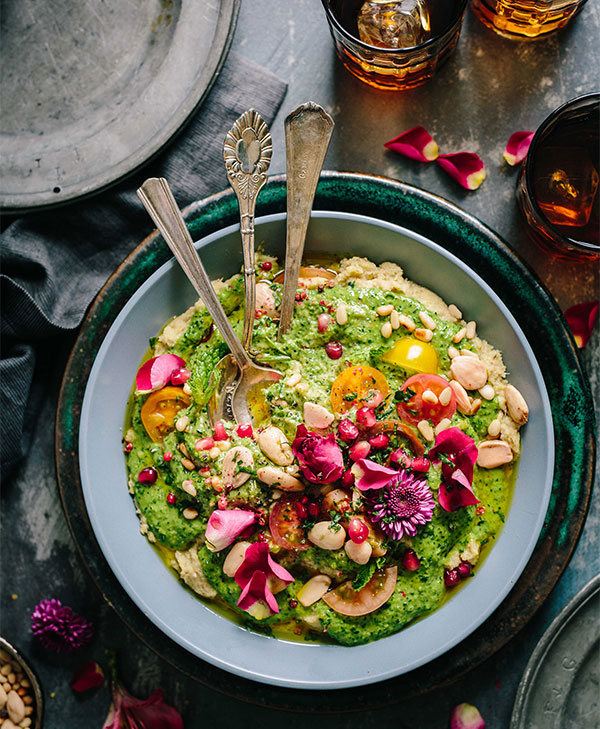
13. **Royal Culinary Habits: Cooking and Grocery Shopping at Home**When we ponder the daily routines of the British Royal Family, it’s easy to envision a continuous stream of gourmet meals prepared by a dedicated cadre of chefs. While live-in culinary experts are certainly part of the royal household, it might surprise you to learn that for some royals, getting hands-on in the kitchen and even doing their own grocery shopping is a cherished, frugal habit.
Princess Catherine, for instance, reportedly takes charge of a significant portion of the cooking for her family. This means that Prince William’s favorite dinner, roast chicken, is likely prepared by his wife, not solely by palace staff. This dedication to domestic duties challenges the stereotype of royals being detached from everyday household tasks, showing a genuine desire for a normal family life.
The hands-on approach extends beyond the kitchen, too. Prince Harry has been observed on numerous occasions doing his own grocery shopping. Imagine bumping into a royal in the produce aisle! These acts underscore a commitment to managing household affairs personally, ensuring fresh ingredients are chosen thoughtfully, and perhaps even comparing prices – habits common to any budget-conscious individual.
These personal culinary endeavors highlight a desire for independence and a connection to the simple pleasures of home life. It’s a testament to their grounded nature that despite their privileged positions, they engage in activities that many of us consider part of our daily frugal routines, demonstrating that some aspects of life, particularly those around the family table, are universally valued and managed with intention.
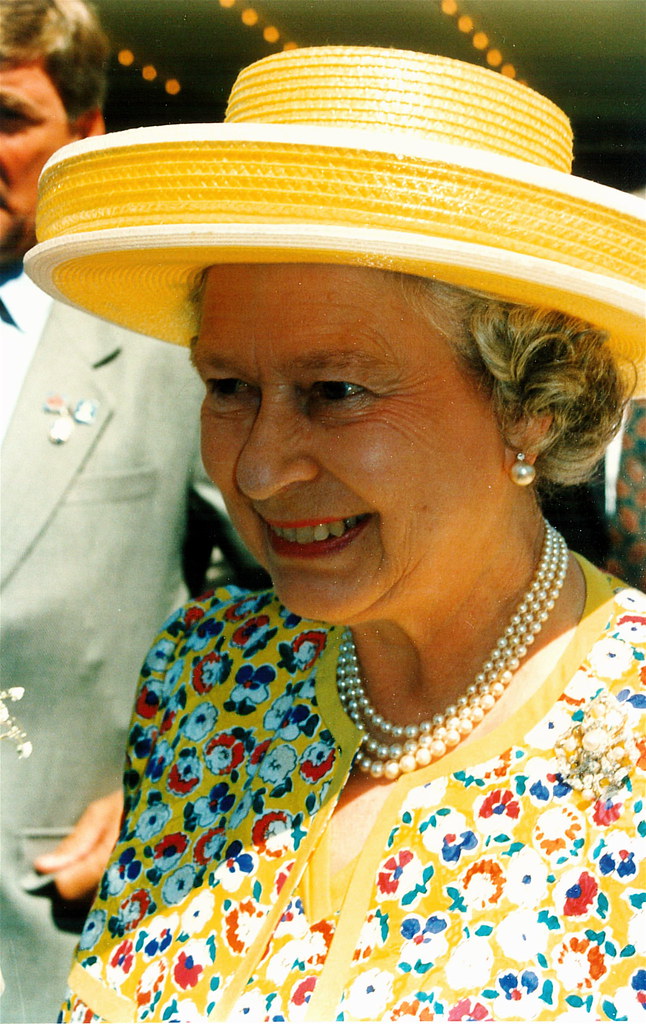
14. **The Art of the Royal Repeat: Conscious Outfit Recycling Across Generations**In a world where celebrity fashion is constantly under the microscope, the expectation for public figures is often to appear in a fresh, never-before-seen ensemble for every major event. Other celebrities might wear an outfit in public once before it’s relegated to the back of the closet, or worse, discarded entirely. However, the British Royal Family, across multiple generations, actively bucks this trend, embracing the highly practical and wonderfully frugal art of outfit recycling.
Both Queen Elizabeth II and Princess Catherine have been well-known for wearing the same outfit for more than one official engagement. This isn’t a fashion faux pas in their eyes, but rather a deliberate choice that speaks to a conscious rejection of wastefulness and an appreciation for timeless style. It sends a clear message that elegance and appropriateness don’t require an endless stream of new garments, even with the world’s photographers watching their every move.
This intentional outfit repeating is not merely a practical consideration; it’s a powerful statement against fast fashion and conspicuous consumption. By re-wearing cherished pieces, they normalize the practice for the general public and implicitly advocate for a more sustainable approach to fashion. It demonstrates that true style is about how you wear an item, its quality, and its versatility, rather than its novelty.
While Princess Catherine and Queen Elizabeth II are noted for their repeats, Princess Anne takes this practice to an unparalleled level. As mentioned earlier, she has kept favorite outfits on her rotation for as long as 35 years. Her remarkable dedication to extending the life of her wardrobe sets a gold standard for conscious consumption, proving that when it comes to long-term fashion recycling, the royals are truly in a league of their own.
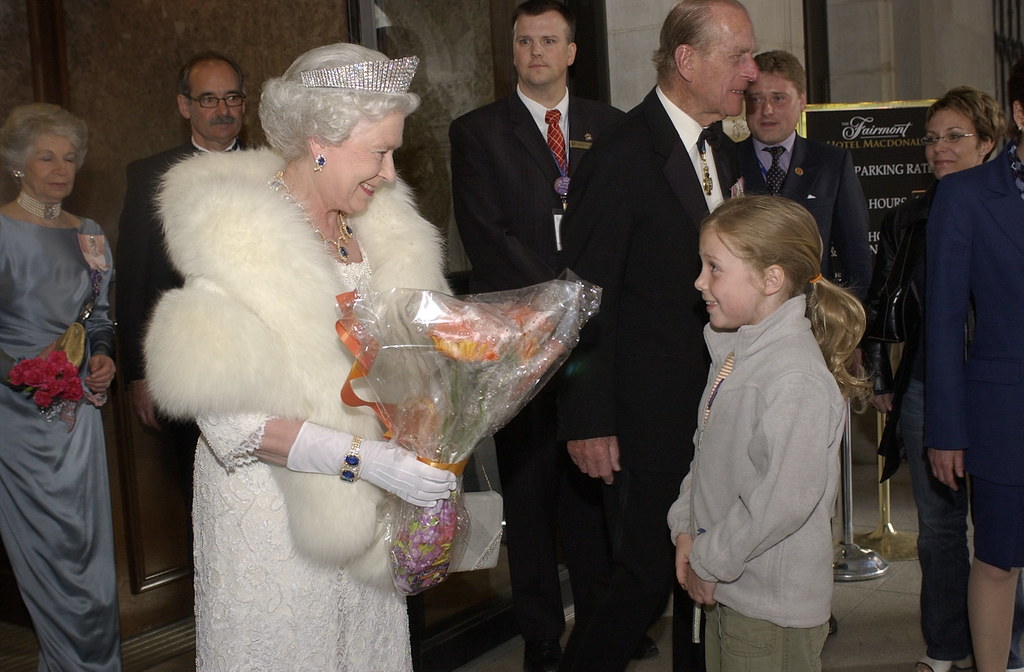
15. **Queen Elizabeth II’s Enduring ‘Waste-Not, Want-Not’ Philosophy**Beneath the layers of specific frugal habits practiced by the Royal Family lies a profound, foundational principle, particularly championed by the late Queen Elizabeth II: the enduring ‘waste-not, want-not’ philosophy. This wasn’t merely a casual saying for Her Majesty; it was a deeply ingrained mantra that guided many of her personal choices and shaped her approach to resources throughout her long reign.
This steadfast commitment to conservation and careful stewardship was, in large part, forged during her formative years. As royal historian Sir Roy Strong recounted, ‘She was 13 when the Second World War began, so her formative years were hugely shaped by growing up in the shadow of the conflict.’ The realities of wartime rationing and the national effort to conserve resources instilled in her a lifelong appreciation for making the most of everything, a lesson she never forgot.
Despite having access to unimaginable wealth, Sir Roy Strong further emphasized to the Daily Express that ‘The Queen has never been an extravagant person.’ This perspective explains why, even with countless staff and unlimited funds, she personally ensured lights were turned off, reused gift wrap, and even mended her own gloves. These weren’t arbitrary quirks but manifestations of a deep-seated belief system centered around valuing resources.
Her ‘waste-not, want-not’ philosophy became a quiet but powerful force within the royal household, influencing not just her own actions but also setting an example for her heirs. It underscores that true wealth, in her eyes, wasn’t about endless spending, but about responsible living and a profound respect for the world’s resources. Her legacy continues to remind us that conscious consumption can be a regal and truly empowering choice for everyone.
In a world often swept up in the pursuit of the new and the extravagant, the British Royal Family offers a refreshing and profoundly inspiring counter-narrative. Far from the opulent stereotypes, these public figures embody a practical wisdom that resonates with many, demonstrating that sensible choices and mindful consumption are virtues for everyone, regardless of their status. Their surprising frugal habits remind us that true value lies not in endless acquisition, but in deliberate choices, resourcefulness, and a genuine appreciation for what we have. It’s a powerful and empowering message that truly makes every penny, and every resource, count – a royal lesson in living richly, not just spending lavishly. ” , “_words_section2”: “2000



